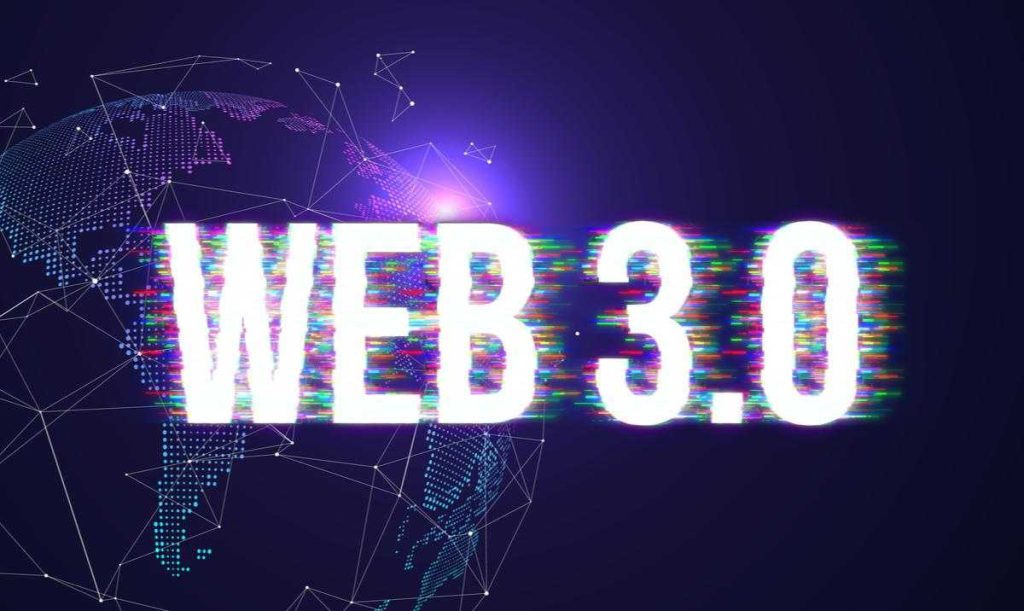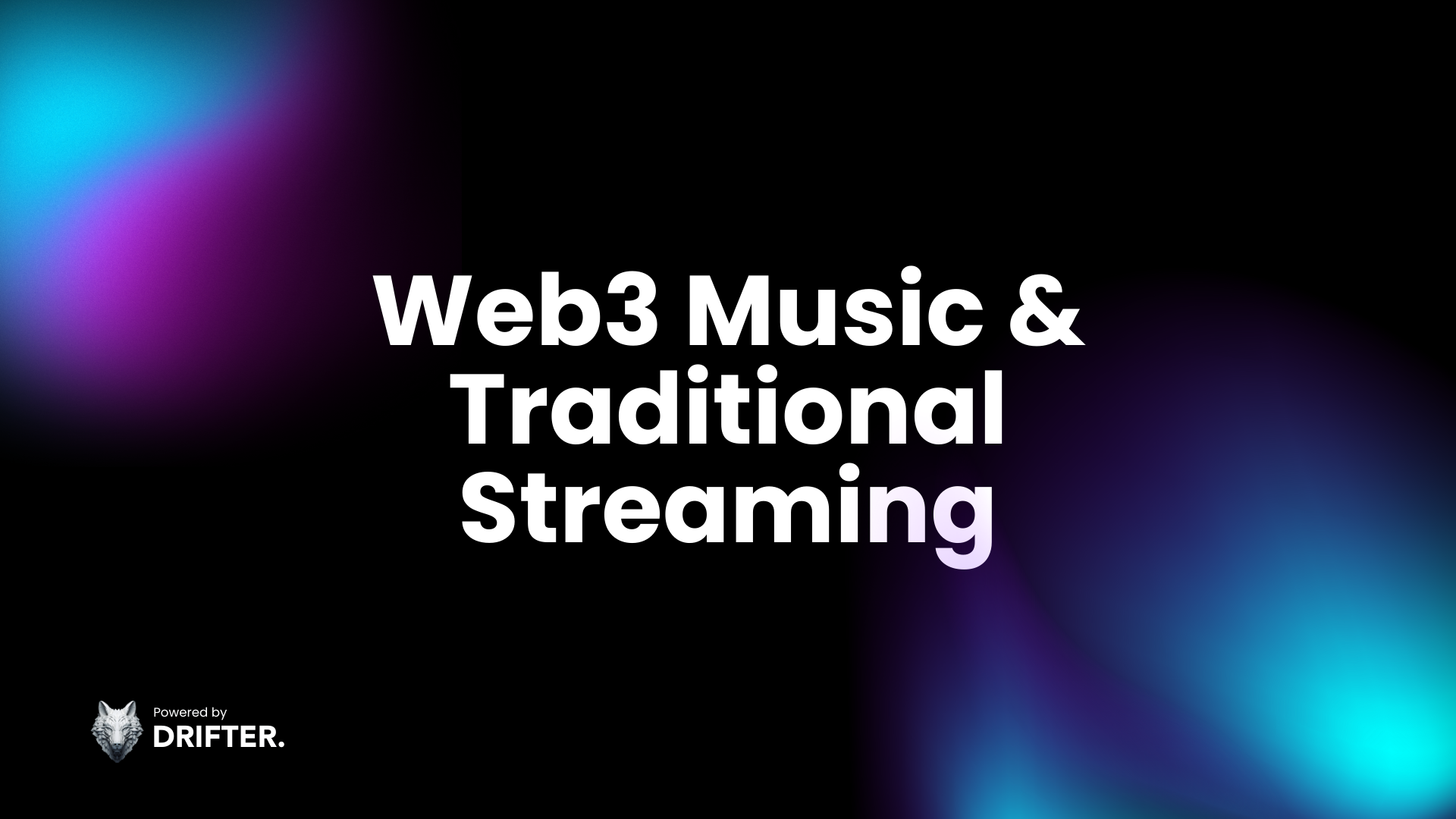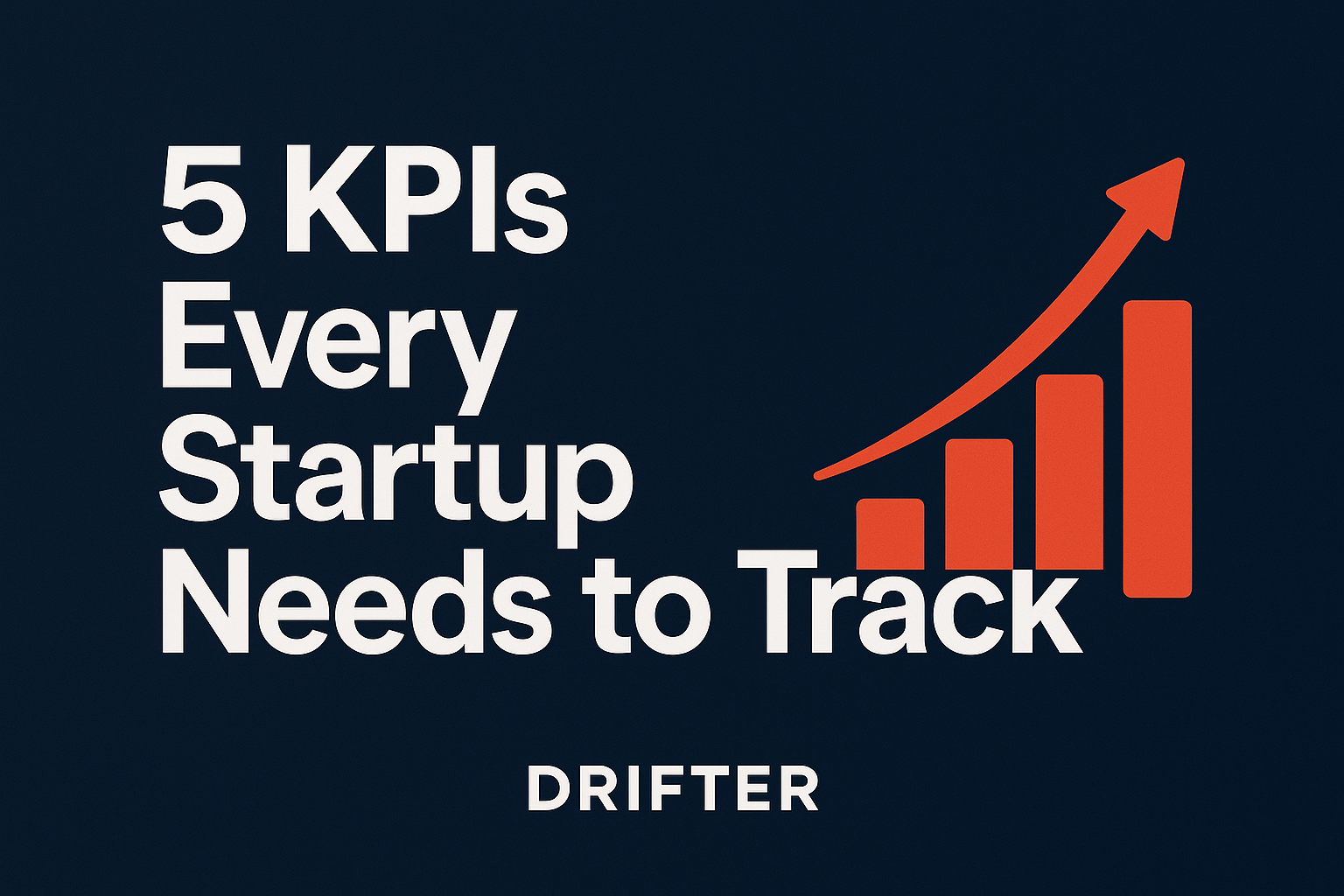In recent years, the rise of the Web3 music ecosystem has sparked a revolution in how artists create, distribute, and monetize their music. Powered by blockchain technology and decentralized platforms, Web3 offers artists greater control over their work, more transparent revenue streams, and direct engagement with their audiences.
On the other hand, the traditional streaming economy, led by platforms like Spotify, Apple Music, and YouTube, has long been the go-to method for music distribution but often receives criticism for low artist payouts and a lack of ownership for creators. However, instead of seeing these two models as opposing forces, there is significant potential for the Web3 music ecosystem and traditional streaming economy to work hand in hand, creating unprecedented opportunities for artists.
In this article, we explore how these two systems can complement each other, and how this synergy could empower artists to thrive in a more equitable and dynamic music industry.
Understanding the Traditional Streaming Economy

The traditional music streaming economy, while providing global exposure and convenience, has significant limitations for artists. Platforms like Spotify and Apple Music operate under a centralized model where most of the revenue is retained by the platforms, labels, and intermediaries, with only a small fraction reaching the creators. Despite millions of streams, many artists struggle to earn a sustainable income from these platforms due to low per-stream payouts.
However, traditional streaming offers key advantages:
- Massive Reach: These platforms have billions of active users globally, offering unparalleled access to listeners around the world.
- User-Friendly Interface: Platforms have established seamless user experiences, with playlists, algorithm-driven discovery, and social integration.
- Mainstream Legitimacy: Being featured on major streaming platforms still carries a sense of credibility and mainstream visibility that can boost an artist’s profile.
While these advantages are significant, the need for improved artist compensation and ownership remains a pressing issue.
What is the Web3 Music Ecosystem?
The Web3 music ecosystem is a decentralized alternative to traditional platforms, built on blockchain technology and powered by smart contracts and non-fungible tokens (NFTs). Web3 platforms like Audius, Zora, Catalog, and others allow artists to directly monetize their music, bypassing intermediaries and allowing for more transparent revenue sharing.

Key benefits of the Web3 music ecosystem include:
- Ownership and Control: Artists maintain complete control over their music and can tokenize their work as NFTs, enabling them to sell music, experiences, or collectibles directly to fans.
- Transparent Revenue Models: Smart contracts ensure artists receive a fair share of revenue automatically, with the terms baked into the blockchain, reducing disputes and delays.
- Direct Fan Engagement: Through tokenized platforms, artists can build stronger relationships with their fans by offering exclusive content, experiences, or governance tokens that give fans a stake in the artist’s success.
- Decentralized Royalties: Artists can receive royalties in real-time, instead of waiting for quarterly payments, enhancing liquidity and cash flow.
Despite these advantages, the Web3 music space is still in its early stages, with adoption primarily limited to tech-savvy users and niche communities. Additionally, Web3 ecosystems currently lack the massive user base that traditional streaming platforms enjoy.
How the Web3 Music Ecosystem and Traditional Streaming Can Collaborate
Instead of viewing Web3 and traditional streaming as competitive, they should be seen as complementary systems that can work together to create new opportunities for artists. Here’s how:
1. Dual Distribution Channels for Maximum Reach and Ownership
Artists can release their music on traditional streaming platforms for broad exposure while simultaneously offering exclusive content or early access via Web3 platforms. For example, an artist could drop an EP on Spotify while selling exclusive NFT versions of that EP on a Web3 marketplace, allowing fans to own a limited-edition copy of the music or gain access to behind-the-scenes content.
This strategy gives artists the best of both worlds—reaching millions of potential listeners on traditional platforms while offering premium experiences and ownership opportunities on Web3.
2. Empowering Artists with Fair Compensation Models
While traditional platforms have long been criticized for unfair payouts, artists can leverage Web3 to generate supplemental income streams. By tokenizing their music or creating collectible NFTs, artists can sell music directly to fans without the need for intermediaries.
As the NFT space matures, artists could eventually negotiate hybrid revenue models, where earnings from streaming platforms are complemented by direct NFT sales, creating a more balanced and diversified income.
3. Fan Engagement through Decentralized Ownership
Web3 enables fans to be more than just passive listeners—they can become active participants in an artist’s career. Through governance tokens or fan-driven DAOs (Decentralized Autonomous Organizations), artists can engage their fans in decision-making processes, like choosing the next single or selecting cities for an upcoming tour.
At the same time, traditional streaming platforms provide an easy way for casual listeners to access the music, ensuring that artists aren’t dependent on one income stream.
4. Collaborative Marketing and Promotion
Web3 platforms allow artists to engage their most loyal fans with exclusive drops, while traditional platforms give artists the ability to tap into mainstream music discovery algorithms. By coordinating releases across both Web3 and traditional platforms, artists can use NFTs to create buzz and anticipation, which can drive streaming numbers when the release hits mainstream platforms.
For example, an artist could release limited-edition music NFTs in advance of a broader release on Spotify, turning early adopters into ambassadors who help spread the word and drive initial streams.
5. Transparent Royalties and Data Sharing
Blockchain technology’s inherent transparency makes it ideal for addressing the longstanding issue of opaque royalty payments in the music industry. Artists can use Web3 systems to track exactly how much revenue they are generating and ensure fair compensation.
As blockchain-based systems integrate with traditional streaming platforms, it could even help make royalty distribution more efficient and transparent across the board.
6. Tokenized Future Earnings and Investment in Artists
Web3 platforms enable artists to tokenize their future earnings and let fans or investors buy a stake in their career success. This model could work alongside traditional streaming deals, where artists leverage fan investment to fund projects, with a portion of future streaming revenue being shared back to token holders.
For instance, artists could sell NFTs representing a share in future streaming royalties, giving fans and investors a reason to promote the music on mainstream platforms, creating a symbiotic relationship between Web3 investments and traditional music streams.








